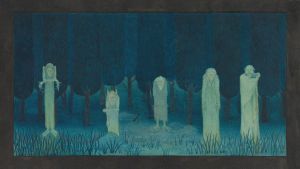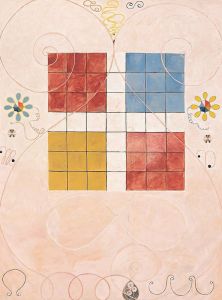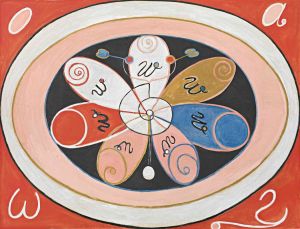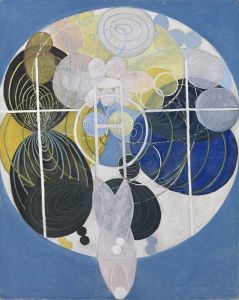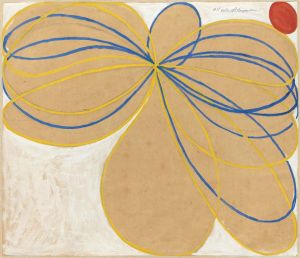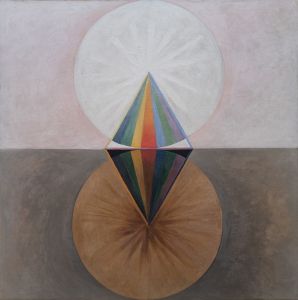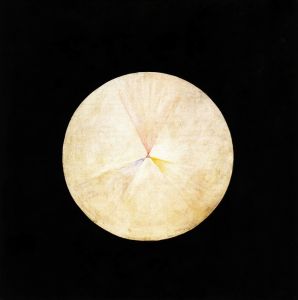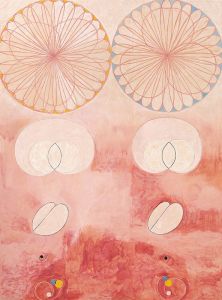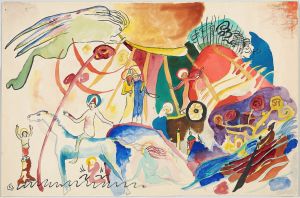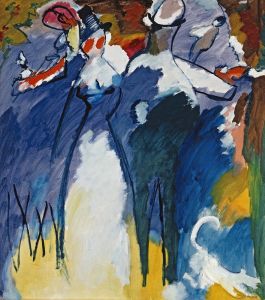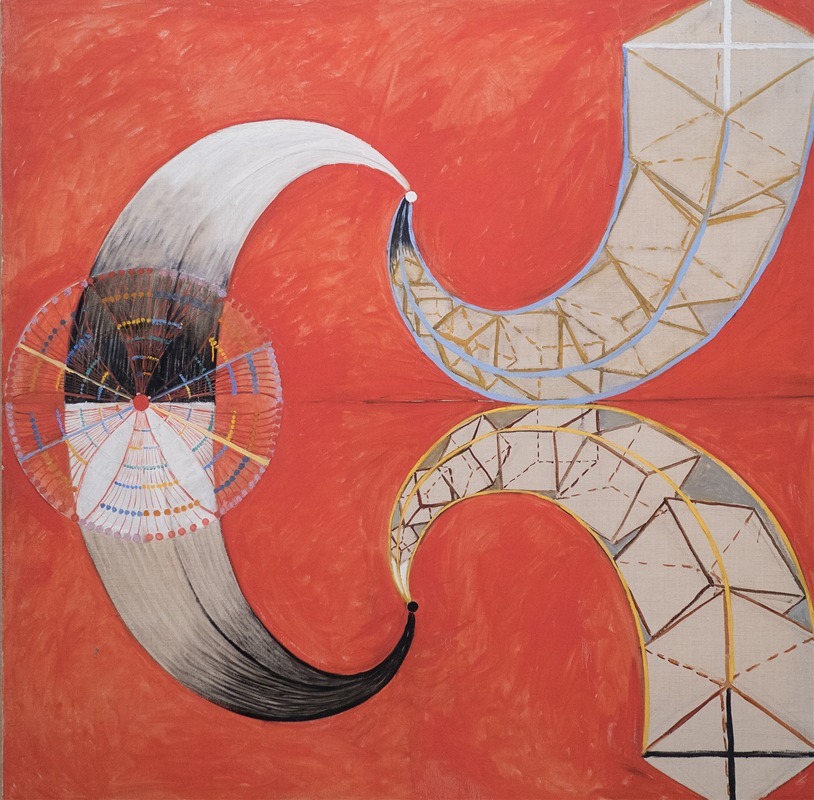
Group IX-SUW, The Swan, No. 9
A hand-painted replica of Hilma af Klint’s masterpiece Group IX-SUW, The Swan, No. 9, meticulously crafted by professional artists to capture the true essence of the original. Each piece is created with museum-quality canvas and rare mineral pigments, carefully painted by experienced artists with delicate brushstrokes and rich, layered colors to perfectly recreate the texture of the original artwork. Unlike machine-printed reproductions, this hand-painted version brings the painting to life, infused with the artist’s emotions and skill in every stroke. Whether for personal collection or home decoration, it instantly elevates the artistic atmosphere of any space.
Hilma af Klint was a pioneering Swedish artist and mystic whose work is now considered among the first examples of abstract art. Born in 1862, af Klint was ahead of her time, creating abstract paintings years before the likes of Wassily Kandinsky, Kazimir Malevich, and Piet Mondrian. Her work remained largely unknown until the late 20th century, as she believed the world was not ready to understand it during her lifetime.
One of her notable series is "The Swan," which is part of a larger collection known as "The Paintings for the Temple." This series, created between 1914 and 1915, consists of several works that explore dualities and the spiritual journey of the soul. "Group IX-SUW, The Swan, No. 9" is one of these paintings. The series as a whole is characterized by its vibrant colors, geometric shapes, and symbolic content, reflecting af Klint's interest in spirituality, theosophy, and anthroposophy.
"The Swan" series is particularly significant in af Klint's oeuvre as it represents the transition from the material to the spiritual world. The swan, a central motif in these works, symbolizes transformation and the merging of opposites. In "Group IX-SUW, The Swan, No. 9," af Klint uses a combination of circular forms and intersecting lines to convey a sense of movement and evolution. The painting is marked by its use of bold colors and symmetrical composition, which are hallmarks of af Klint's abstract style.
Af Klint's work was deeply influenced by her involvement in spiritualism and her membership in a group called "The Five," which consisted of women who shared her interest in the spiritual world. They conducted séances and believed they were in contact with higher spirits who guided their artistic endeavors. This spiritual guidance is evident in the symbolic nature of af Klint's work, including "The Swan" series.
Despite her groundbreaking contributions to abstract art, af Klint's work was not exhibited during her lifetime. She stipulated that her paintings should not be shown until at least 20 years after her death, believing that the world was not yet ready to understand them. It wasn't until the 1980s that her work began to gain recognition, and today she is celebrated as a pioneer of abstract art.
"The Swan, No. 9" and the rest of "The Swan" series are now considered important works in the history of modern art. They are housed in various collections and have been featured in major exhibitions worldwide, contributing to a reevaluation of af Klint's place in art history. Her work challenges traditional narratives of modern art and highlights the significant, yet often overlooked, contributions of women artists to the development of abstract art.
In summary, "Group IX-SUW, The Swan, No. 9" by Hilma af Klint is a testament to the artist's visionary approach to art and spirituality. Through its abstract forms and symbolic content, the painting invites viewers to explore themes of transformation and the interconnectedness of the material and spiritual realms.





